The Ethernet Fieldbus.
�
EtherCAT - The Ethernet Fieldbus.
• EtherCAT is real time down to the I/O level
• No underlying sub-systems any more
EtherCAT is:
- Faster
- Synchronization
- Industrial Ethernet
- Flexible Topology
- Easier to configure
- Cost effective
- Easier to implement
- Well proven
- Open
- Conformance
- Safety
- Redundancy
- Versatile
October 2012
© EtherCAT Technology Group, 2012
�
EtherCAT is:
- Faster
- Synchronization
- Industrial Ethernet
- Flexible Topology
- Easier to configure
- Cost effective
- Easier to implement
- Well proven
- Open
- Conformance
- Safety
- Redundancy
- Versatile
EtherCAT - The Ethernet Fieldbus.
• Other technologies need local I/O cycles + gateways
r
e
v
i
r
D
r
e
v
i
r
D
s
u
b
d
e
F
i
l
s
u
b
d
e
F
i
l
O
/
I
O
/
I
O
/
I
O
/
I
r
e
l
l
o
r
t
n
o
C
r
e
l
l
o
r
t
n
o
C
s
u
B
n
o
s
n
e
t
x
E
i
l
a
c
o
L
r
o
f
r
e
t
s
a
M
RAM
CPU
Flash
RAM
CPU
O
/
I
Flash
October 2012
© EtherCAT Technology Group, 2012
�
EtherCAT - The Ethernet Fieldbus.
• EtherCAT: Real time down to the I/O
r
e
v
i
r
D
T
A
C
r
e
h
E
t
r
e
l
l
o
r
t
n
o
C
T
A
C
r
e
h
E
t
r
e
l
l
o
r
t
n
o
C
T
A
C
r
e
h
E
t
r
e
l
l
o
r
t
n
o
C
T
A
C
r
e
h
E
t
r
e
l
l
o
r
t
n
o
C
T
A
C
r
e
h
E
t
r
e
l
l
o
r
t
n
o
C
EtherCAT is:
- Faster
- Synchronization
- Industrial Ethernet
- Flexible Topology
- Easier to configure
- Cost effective
- Easier to implement
- Well proven
- Open
- Conformance
- Safety
- Redundancy
- Versatile
October 2012
© EtherCAT Technology Group, 2012
�
EtherCAT - The Ethernet Fieldbus.
• EtherCAT is real time down to the I/O level
• No underlying sub-systems any more
• No delays in gateways
•
In- and outputs, sensors, actuators, drives, displays:
everything in one system!
EtherCAT is:
- Faster
- Synchronization
- Industrial Ethernet
- Flexible Topology
- Easier to configure
- Cost effective
- Easier to implement
- Well proven
- Open
- Conformance
- Safety
- Redundancy
- Versatile
October 2012
© EtherCAT Technology Group, 2012
�
EtherCAT is faster
• Transmission Rate:
– 2 x 100 Mbit/s (Fast Ethernet, Full-Duplex)
• Update Times:
– 256 digital I/O in 11 µs
– 1000 digital I/O distributed to 100 nodes in 30 µs = 0.03 ms
– 200 analog I/O (16 bit) in 50 µs, 20 kHz Sampling Rate
– 100 Servo-Axis (each 8 Byte In + Out) in 100 µs = 0.1 ms
– 12000 digital I/O in 350 µs
EtherCAT is:
- Faster
- Synchronization
- Industrial Ethernet
- Flexible Topology
- Easier to configure
- Cost effective
- Easier to implement
- Well proven
- Open
- Conformance
- Safety
- Redundancy
- Versatile
October 2012
© EtherCAT Technology Group, 2012
�
EtherCAT is:
- Faster
- Synchronization
- Industrial Ethernet
- Flexible Topology
- Easier to configure
- Cost effective
- Easier to implement
- Well proven
- Open
- Conformance
- Safety
- Redundancy
- Versatile
EtherCAT is faster
• Bandwidth Usage of Ethernet for I/O and Drives:
– Ethernet Frame: ≥ 84 Bytes
incl. Preamble + IPG (interpacket gap)
Data pay load:
e.g. 2 Bit..6 Byte
22 Bytes
4 Bytes
12 Bytes
Ethernet Header
Data: ≥46 Bytes
CRC
IPG
Request with output data
Response with input data
I/O
Node
reaction
time
Ethernet Header
Data: ≥46 Bytes
CRC
IPG
Master
– with 4 Byte input + 4 Byte output per node:
• 4,75% application data ratio at 0 µs reaction time/node
• 1,9% application data ratio at 10 µs reaction time/node
October 2012
© EtherCAT Technology Group, 2012
�
EtherCAT is faster
• Bandwidth Usage Comparison:
– At 4 Byte user data per node:
• Polling / Timeslicing: ~ 2..5 %
– From 2 Bit user data per node:
• EtherCAT: ~ 80..97 % (Full Duplex, 2 x 100 MBit/s)
EtherCAT is:
- Faster
- Synchronization
- Industrial Ethernet
- Flexible Topology
- Easier to configure
- Cost effective
- Easier to implement
100
- Well proven
- Open
- Conformance
- Safety
- Redundancy
- Versatile
90
80
70
60
50
40
30
20
10
0
Polling /
Timeslicing
EtherCAT
October 2012
© EtherCAT Technology Group, 2012
�
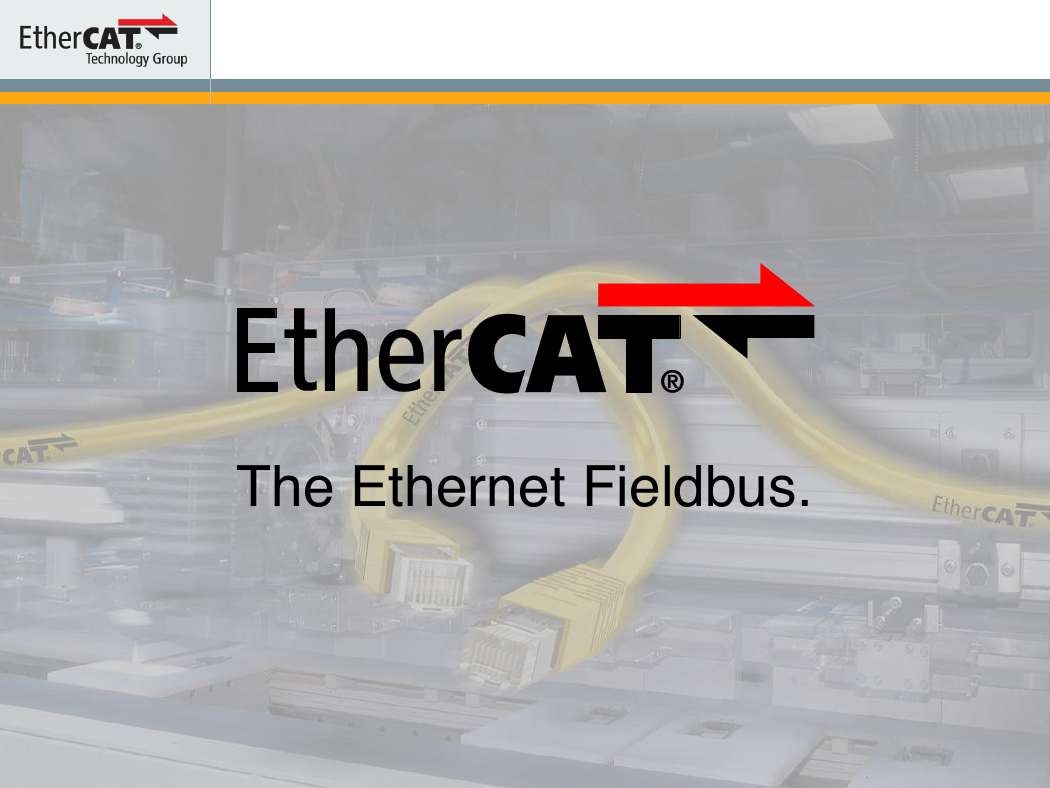
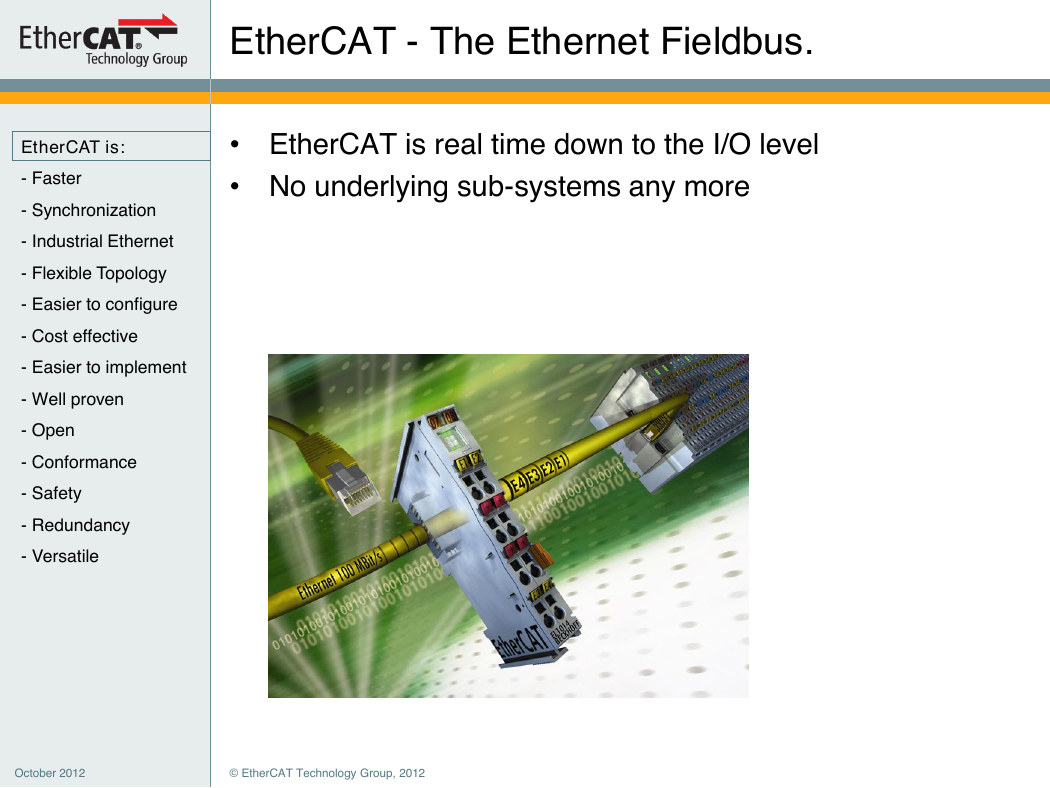
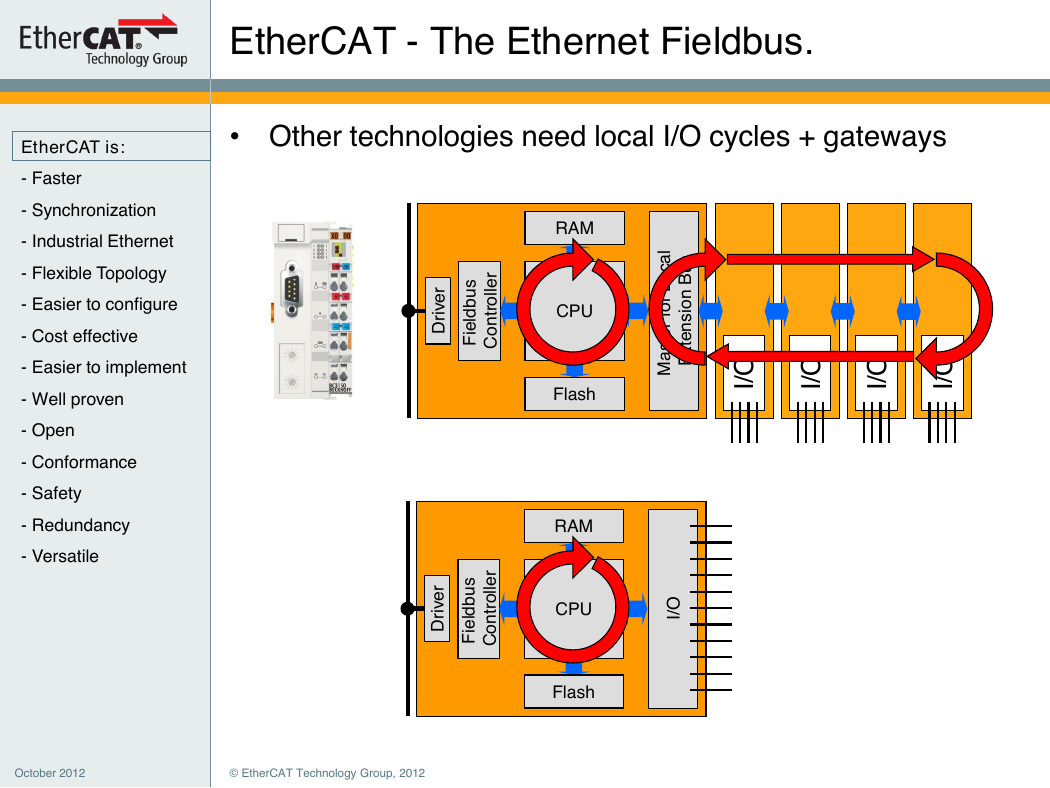
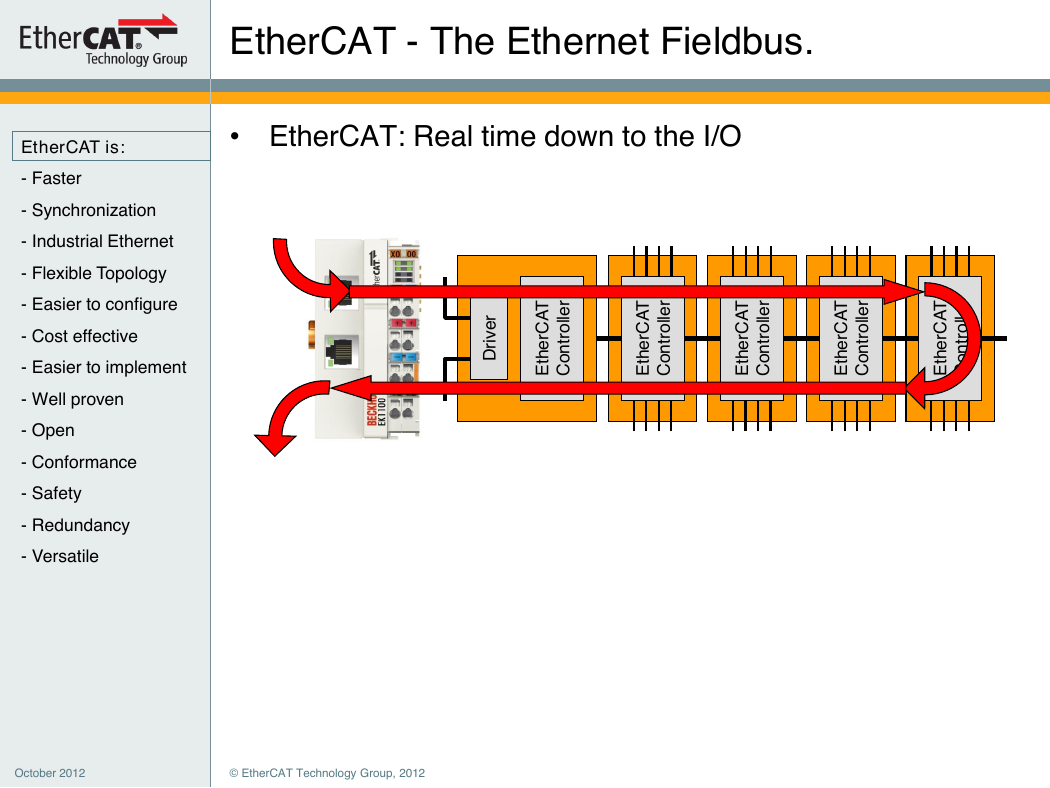
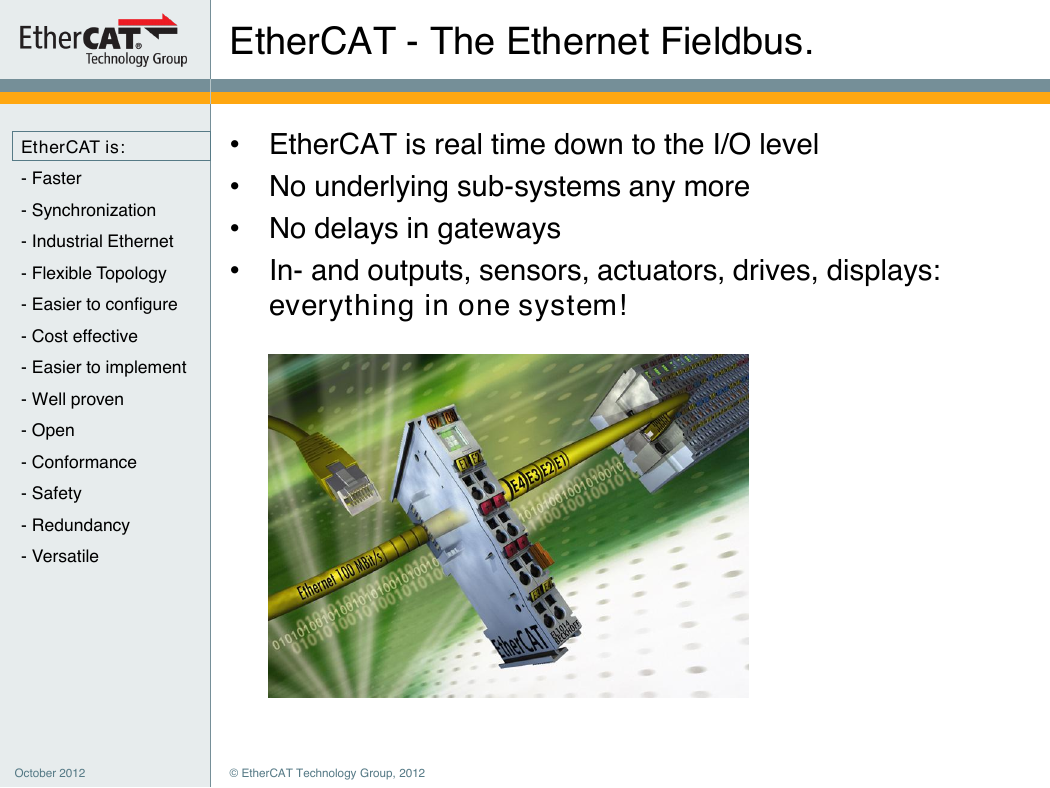
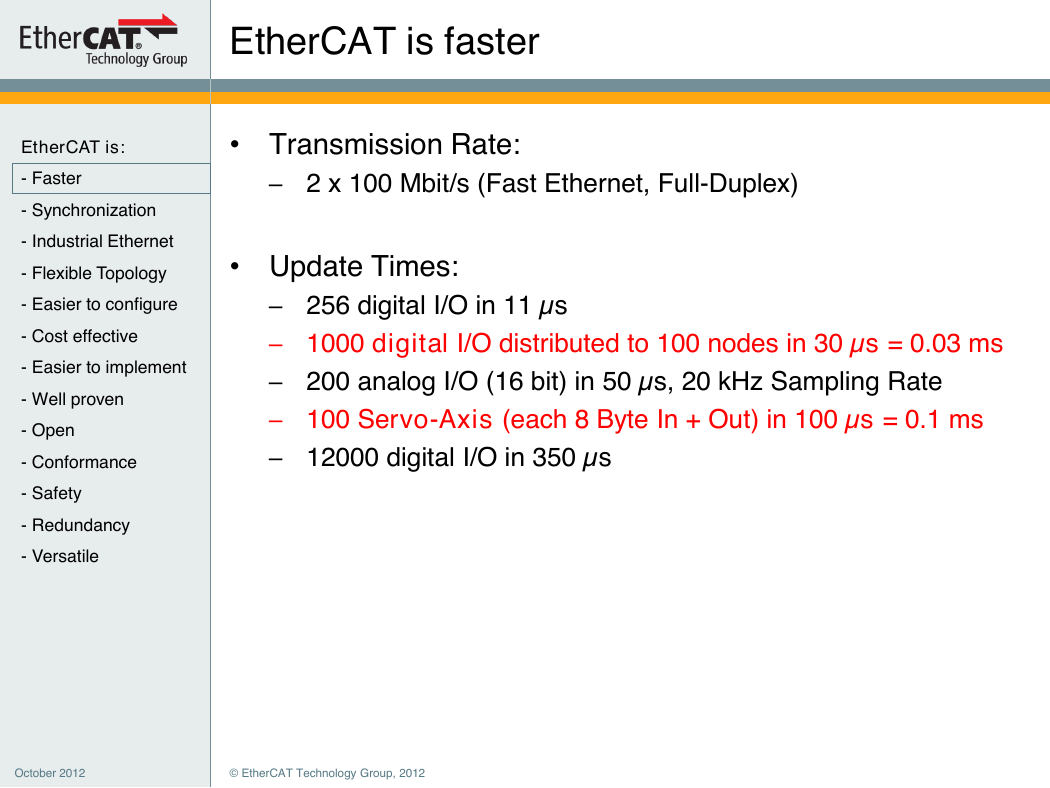
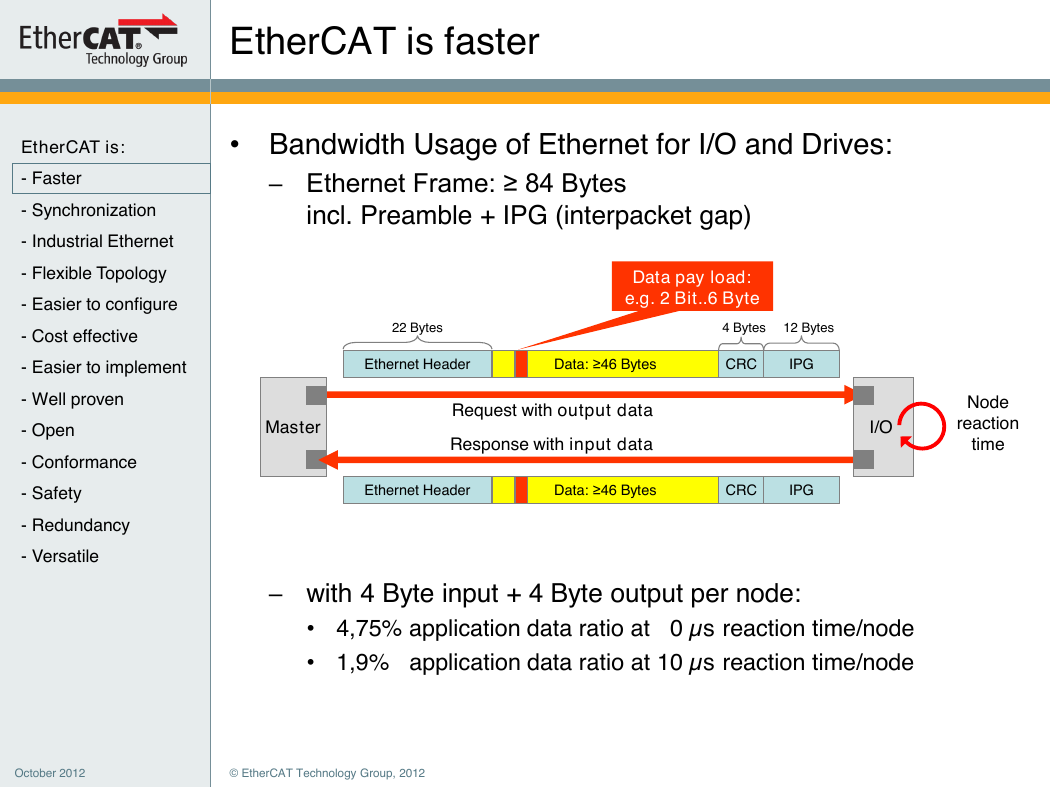
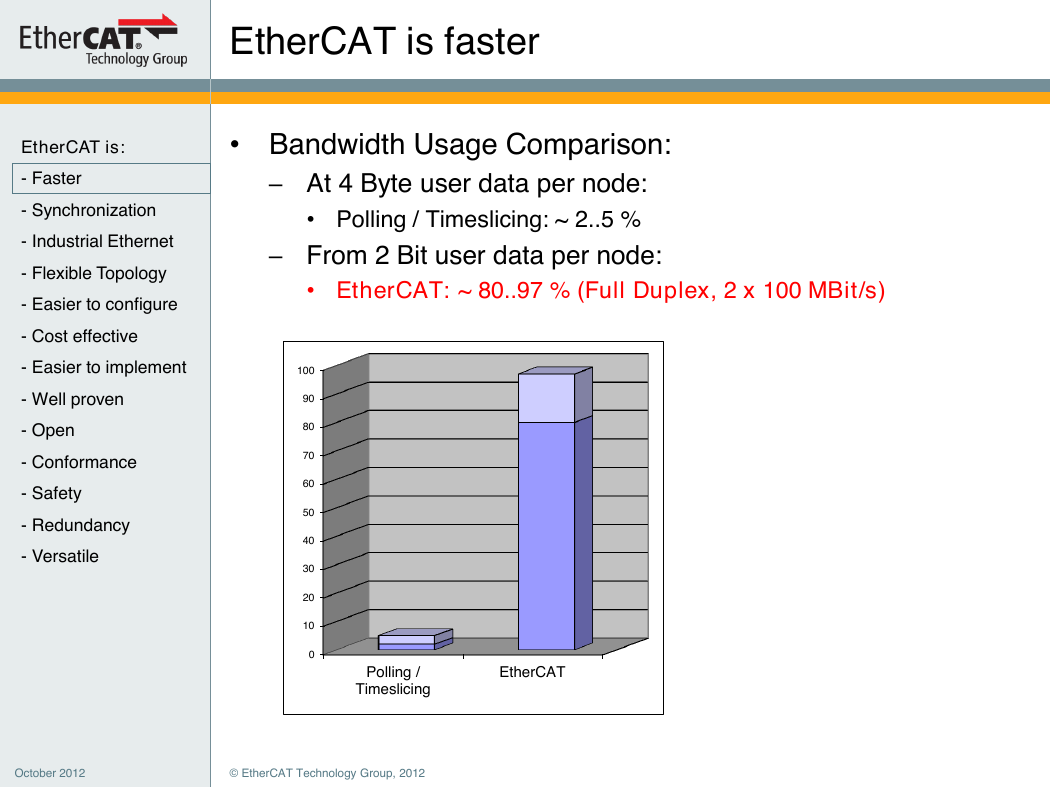








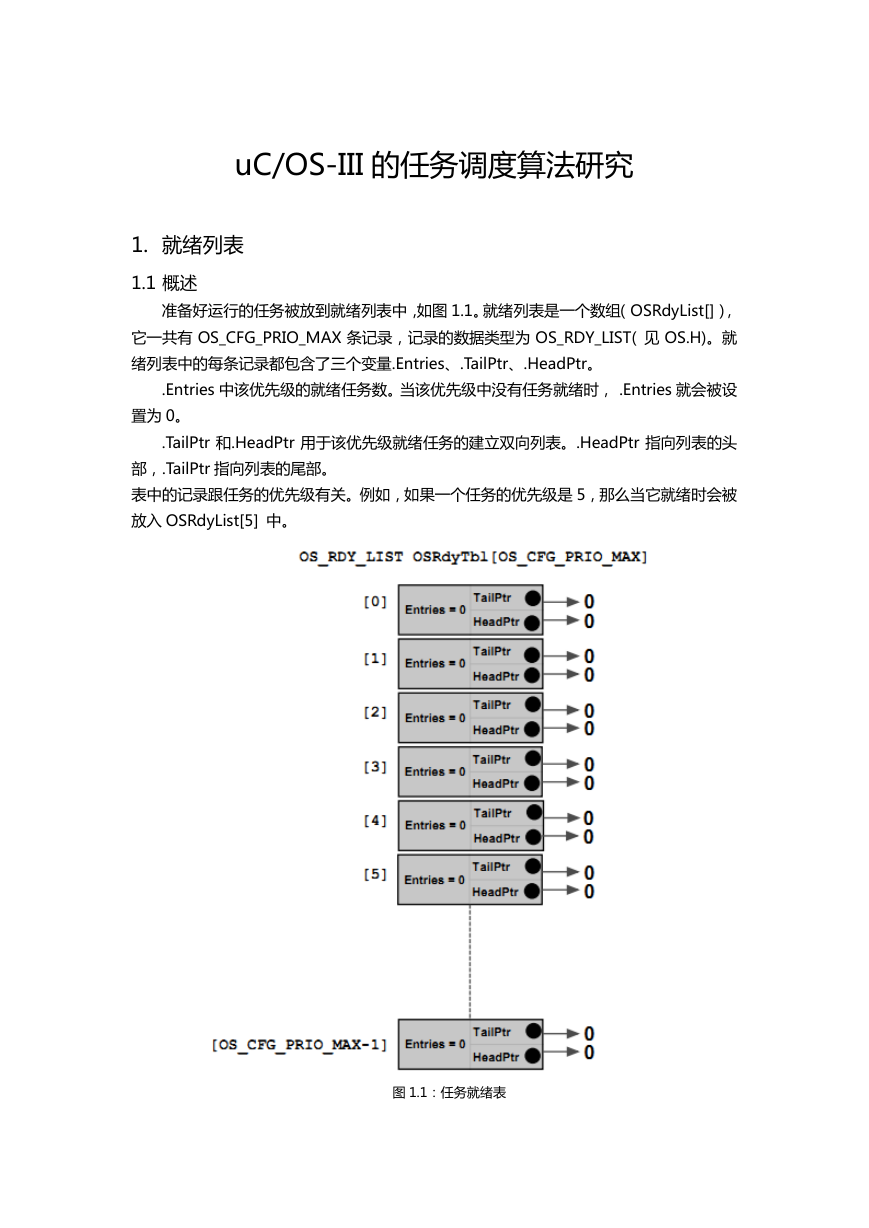 uCOS-III的任务调度算法研究.pdf
uCOS-III的任务调度算法研究.pdf STM32F103x8B_DS_CH_V10(7STM32中文数据手册).pdf
STM32F103x8B_DS_CH_V10(7STM32中文数据手册).pdf FX2N系列PLC培训教程.pdf
FX2N系列PLC培训教程.pdf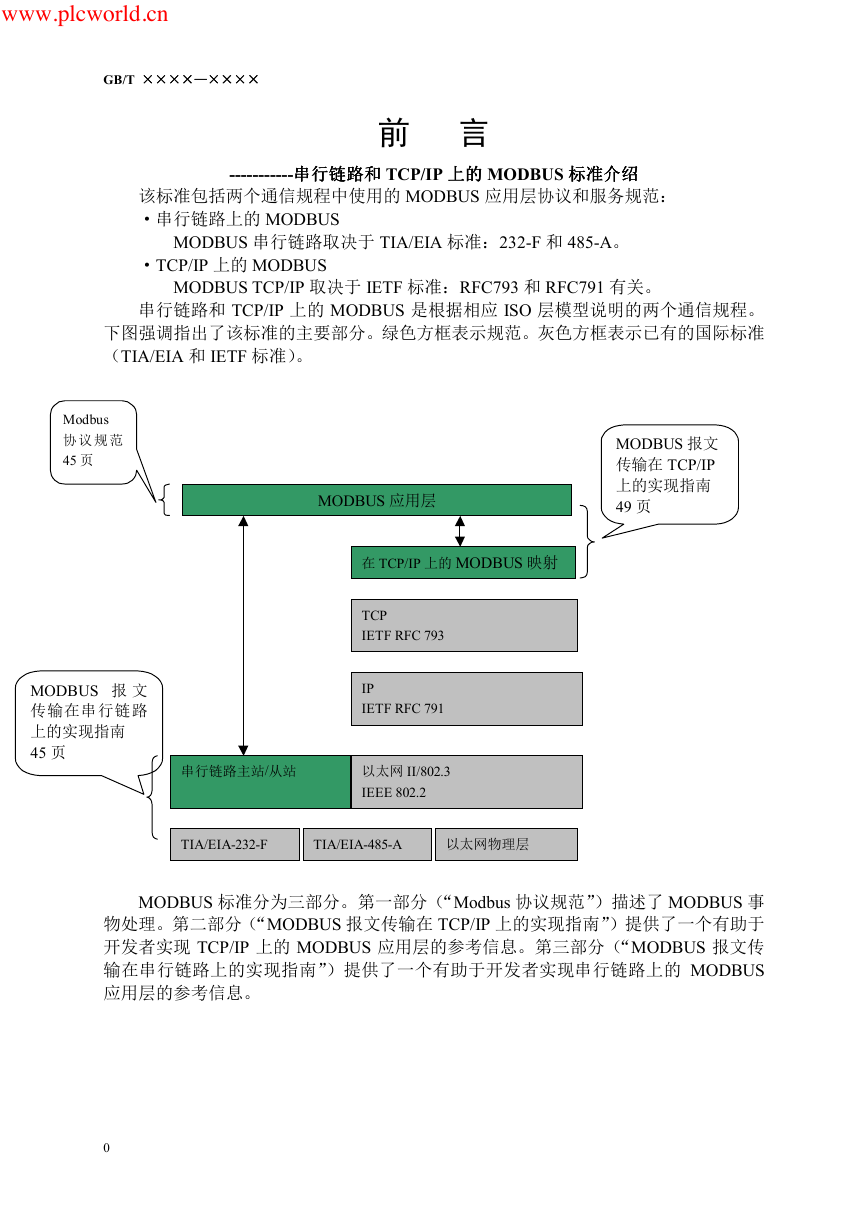 Modbus协议资料.pdf
Modbus协议资料.pdf WM8978中文资料(芯片资料).doc
WM8978中文资料(芯片资料).doc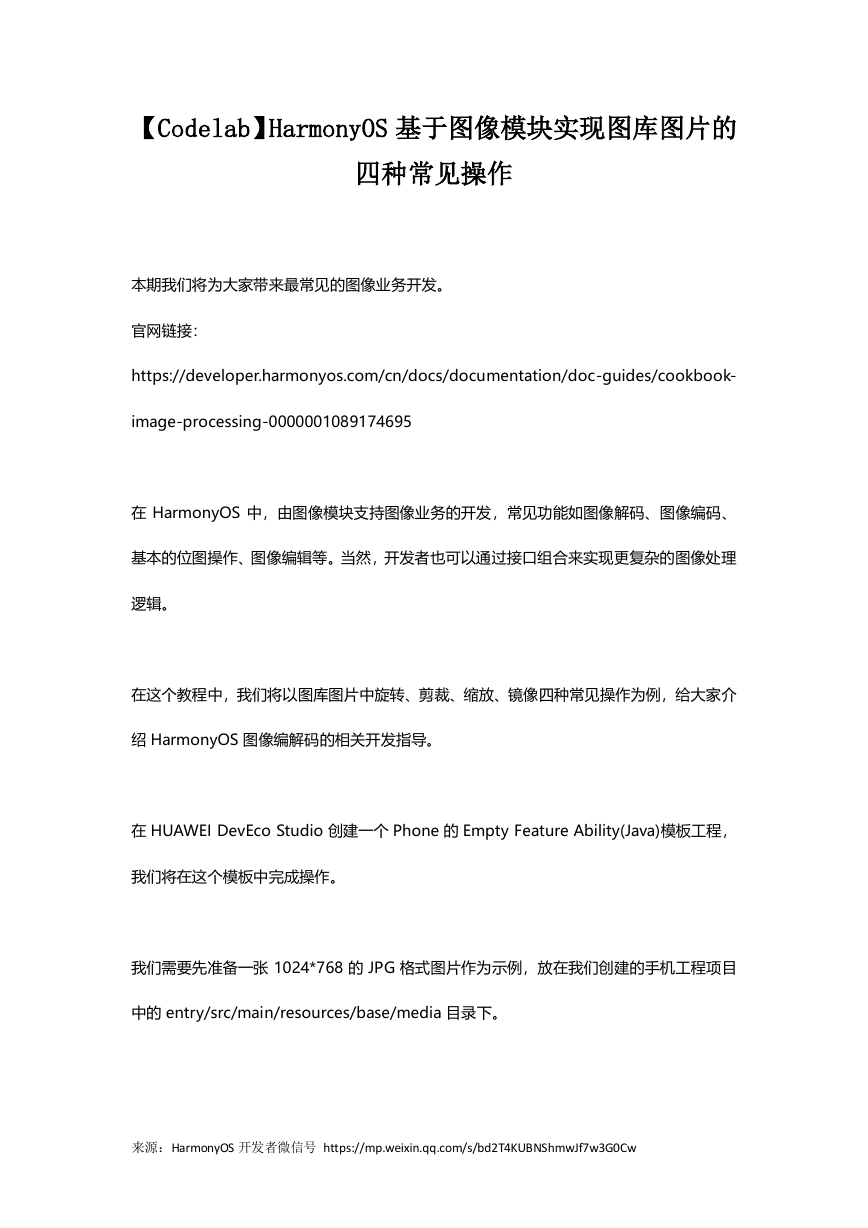 5-1.【Codelab】HarmonyOS基于图像模块实现图库图片的四种常见操作.pdf
5-1.【Codelab】HarmonyOS基于图像模块实现图库图片的四种常见操作.pdf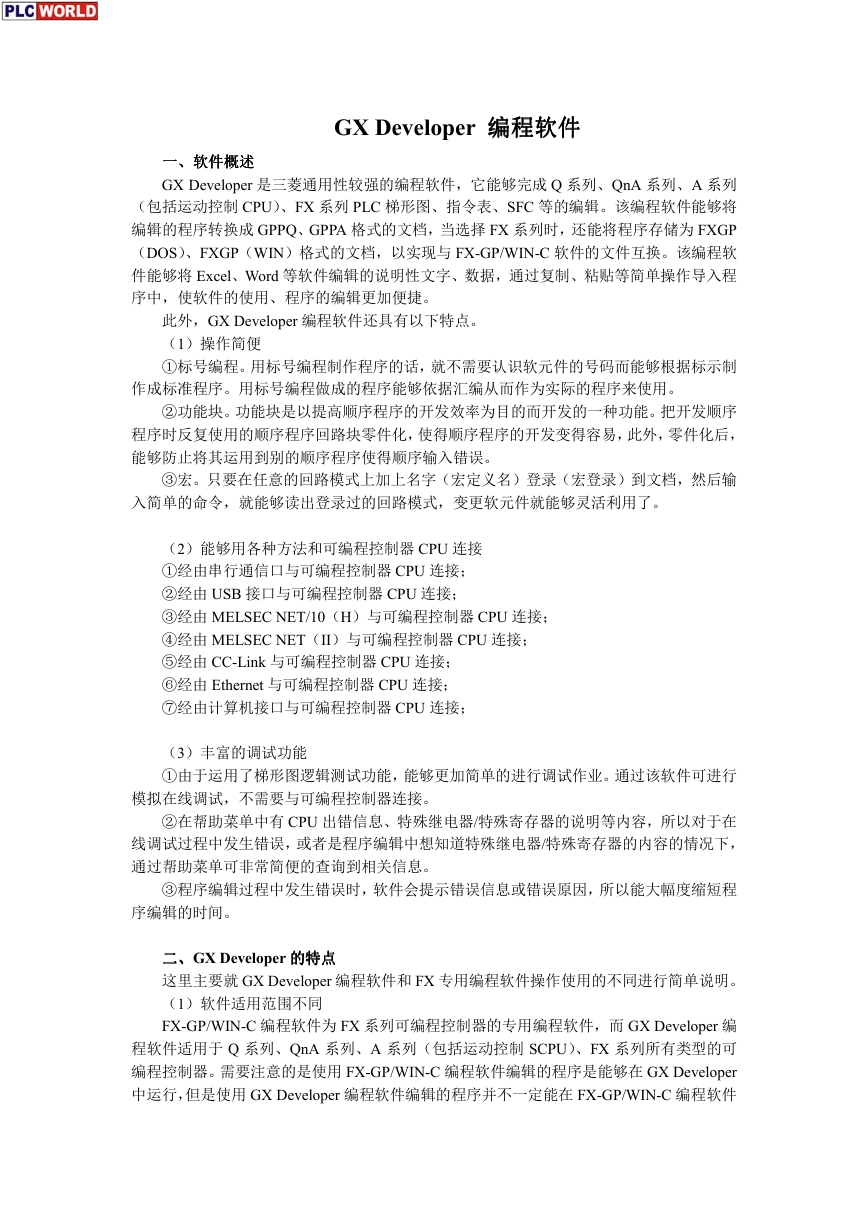 GX Developer 编程软件使用说明.pdf
GX Developer 编程软件使用说明.pdf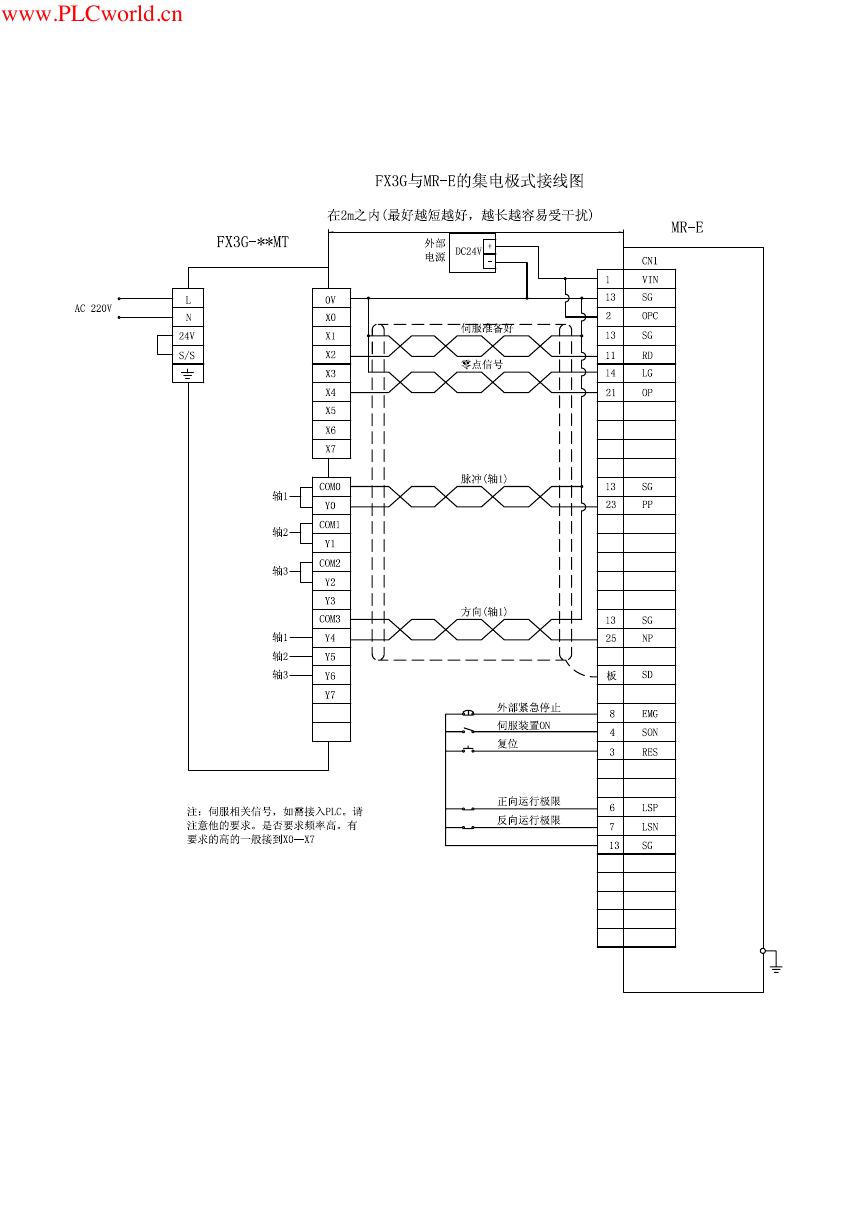 MR-E伺服与FX3G接线图.pdf
MR-E伺服与FX3G接线图.pdf ATK-NEO-6M GPS模块常见问题汇总_201400721.pdf
ATK-NEO-6M GPS模块常见问题汇总_201400721.pdf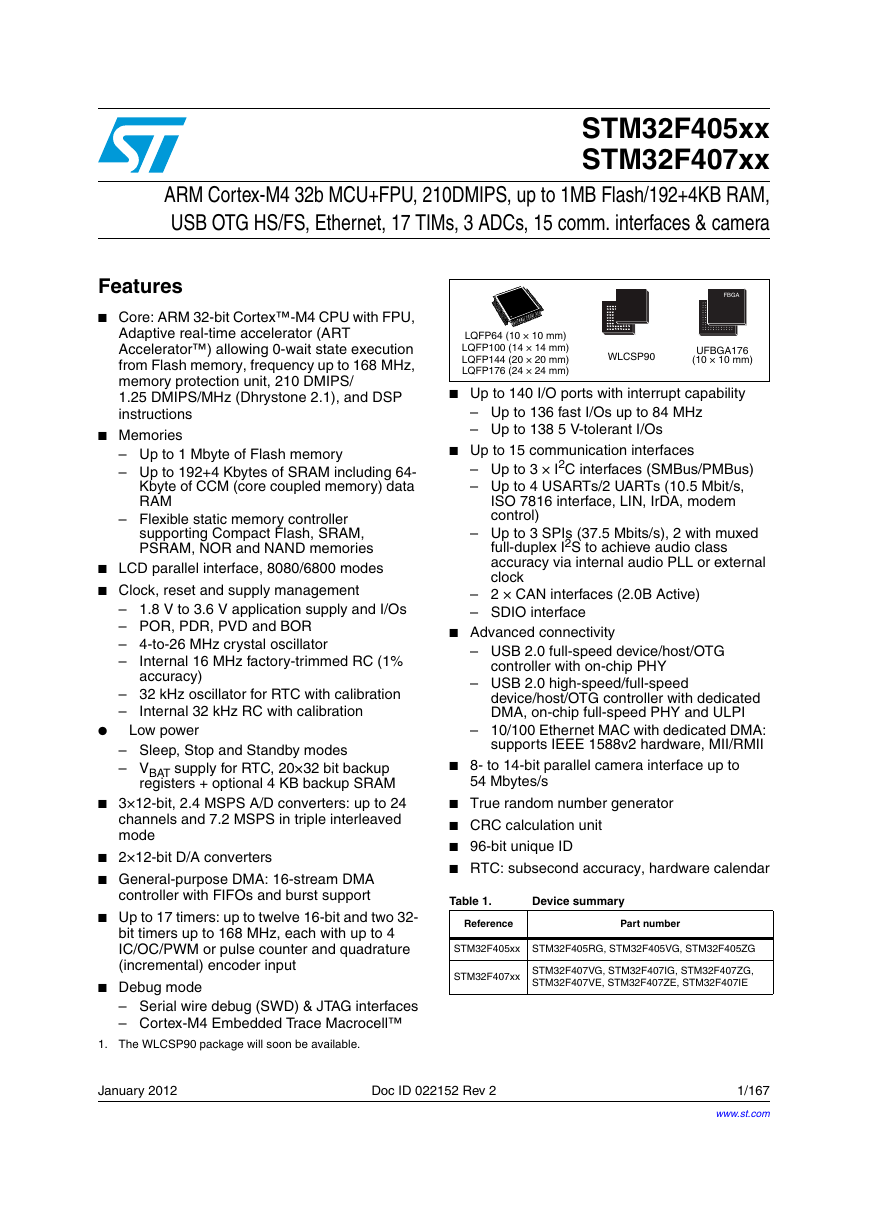 STM32F407ZGT6(芯片资料).pdf
STM32F407ZGT6(芯片资料).pdf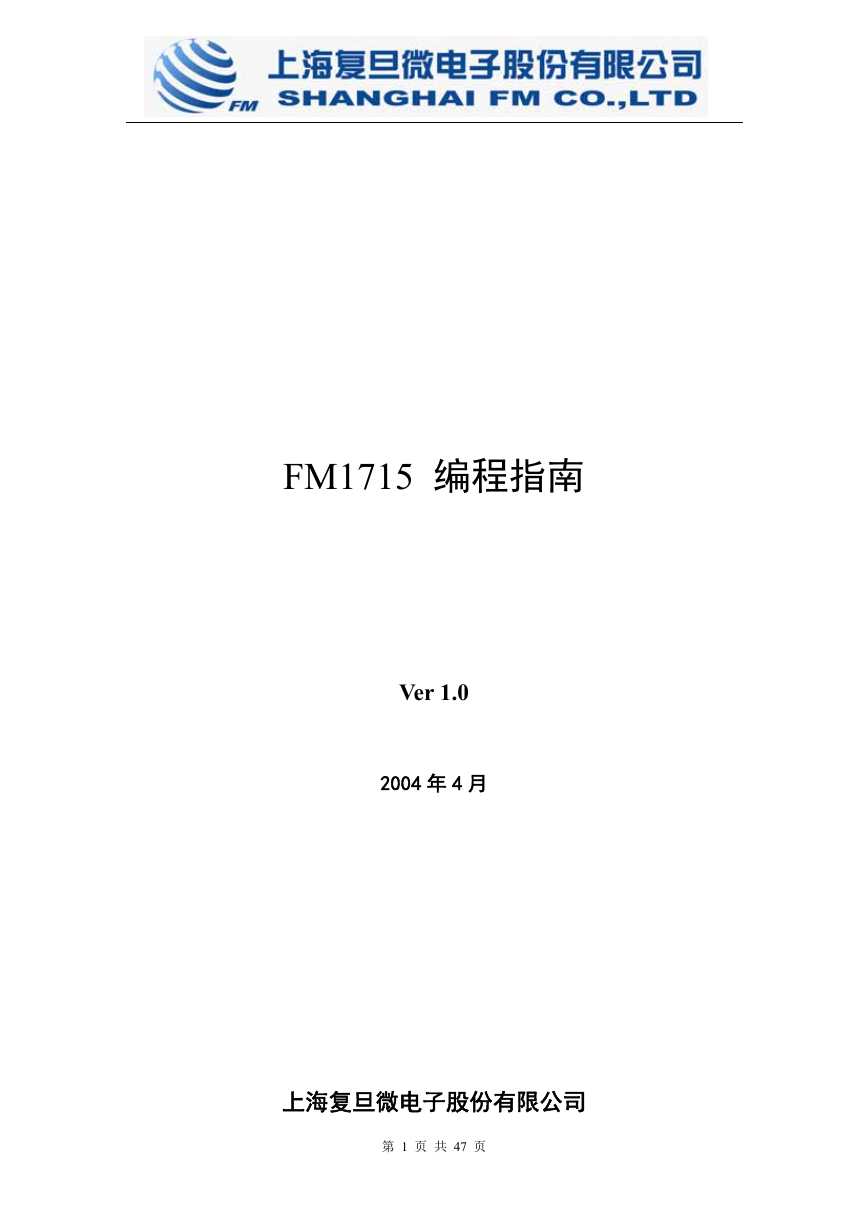 FM1715编程指南.pdf
FM1715编程指南.pdf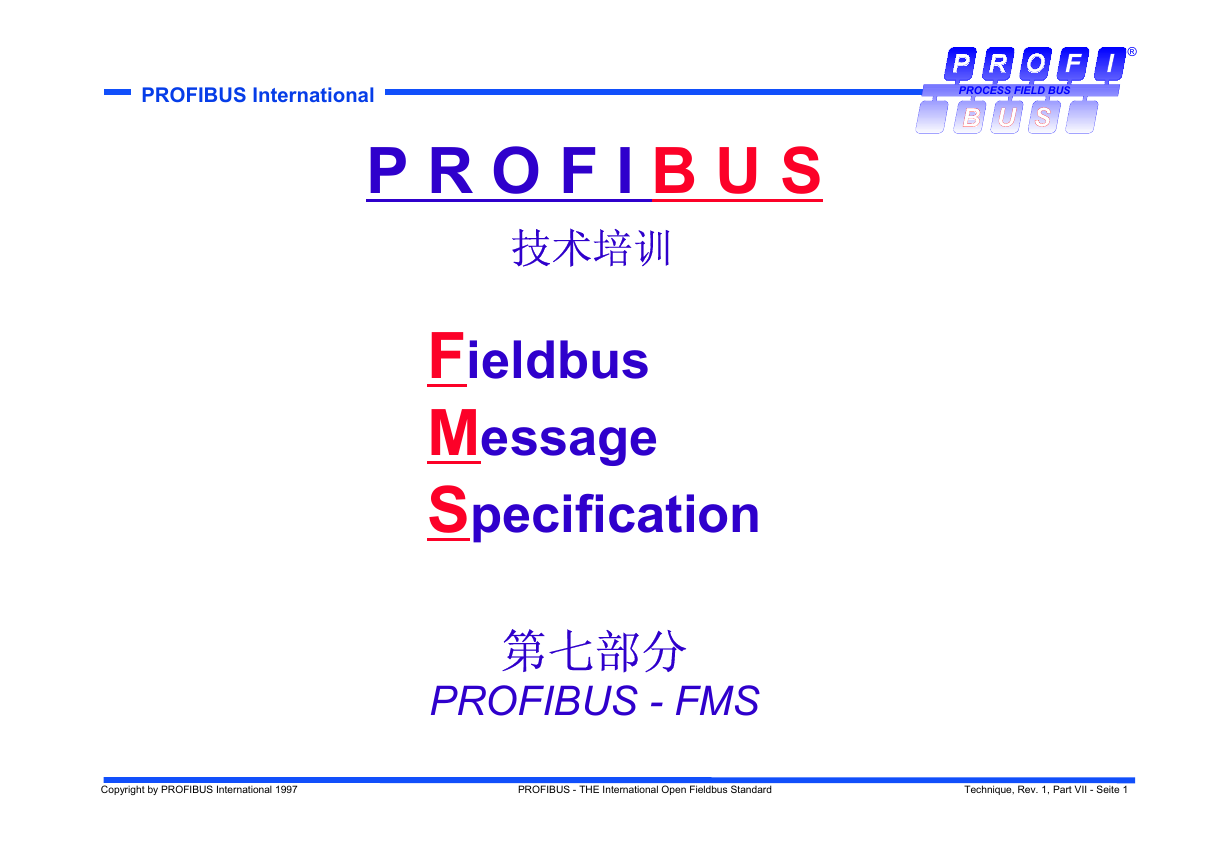 Profibus教程-7.PROFIBUS-FMS.pdf
Profibus教程-7.PROFIBUS-FMS.pdf